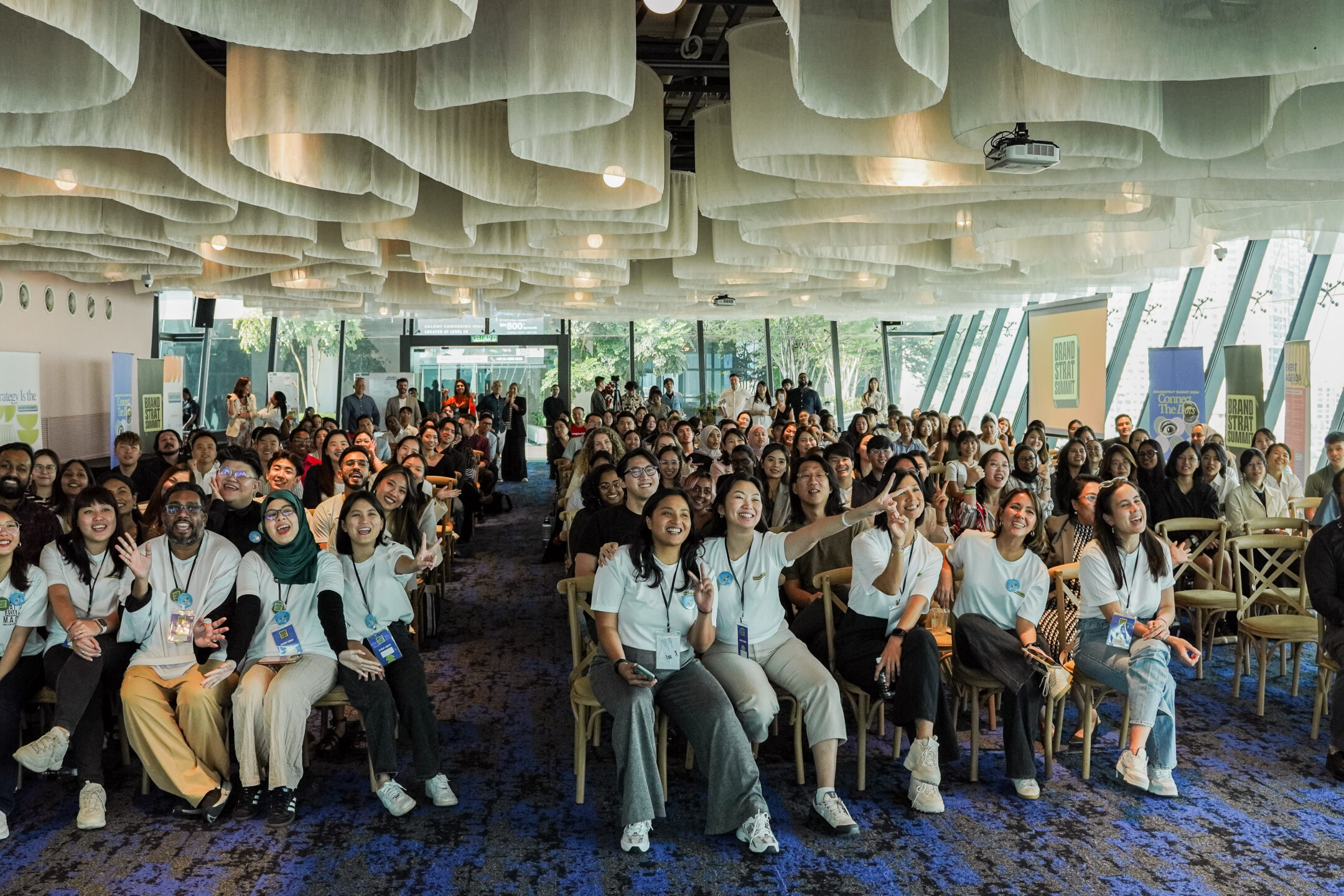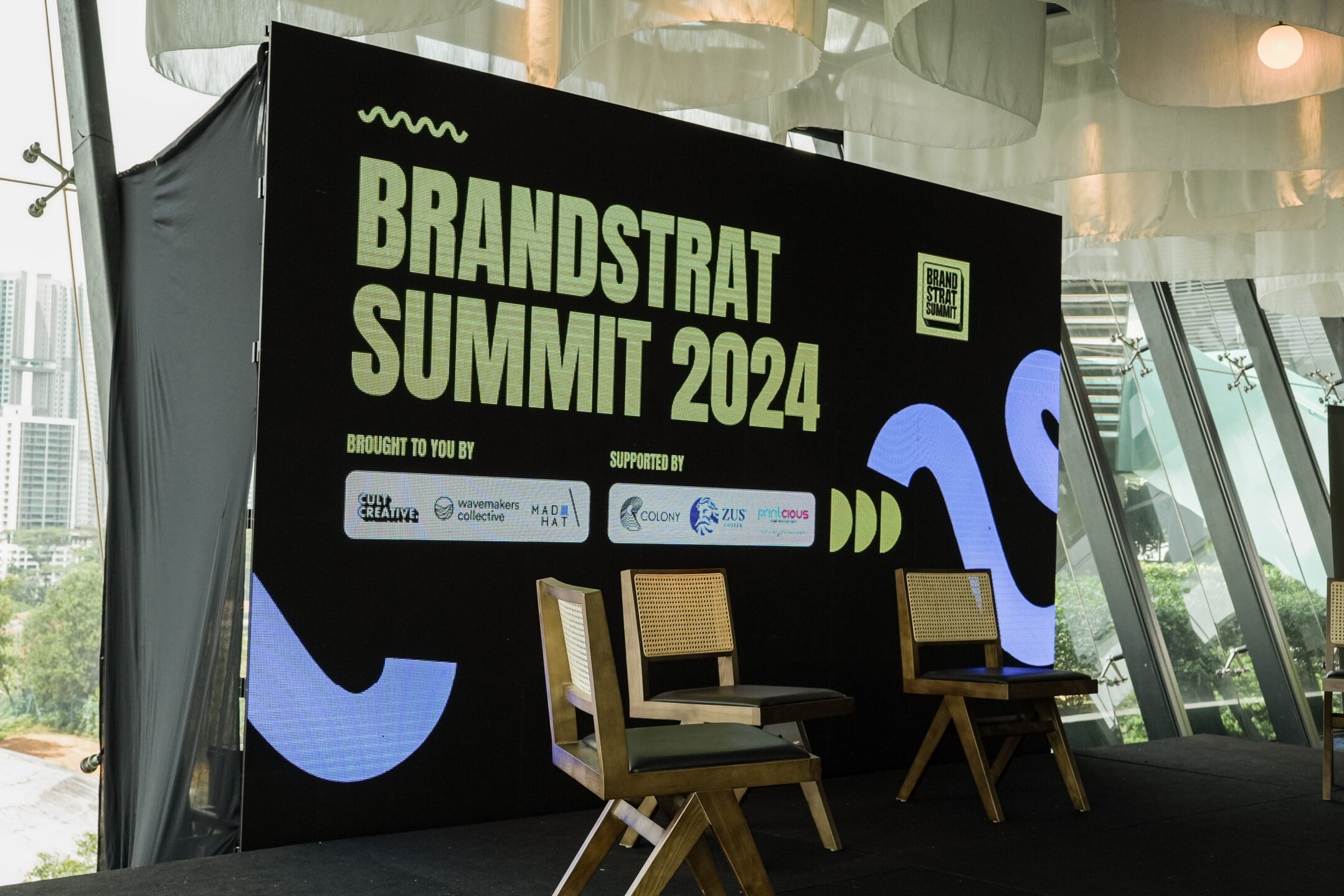Podcast: Play in new window | Download
Have you ever decided to buy something like a computer or phone and then look at the reviews or prices online afterward to convince yourself that you made a smart purchase? The “buyer’s remorse” you have after the purchase is known as Cognitive Dissonance. By definition, cognitive dissonance occurs when a person’s beliefs, thoughts, or decisions contradict each other. Brands have worked to tackle dissonance using ads, stories, and any type of communication to hook consumers into buying their products.
In this episode, we talk about how upcoming brands can use cognitive dissonance to learn more about their audience and create relevant content that will drive them to their brand. When creating content or brand strategy, it involves some psychology, wherein you learn more about your audience, their beliefs, and the reasons behind their buying decisions. In this episode, we speak to brand strategist, Jasmine Bina, about the science behind this theory and the framework she uses to help brands learn more about why their consumers make the decisions that they make and how they can use that knowledge to create an effective brand strategy.
“All decisions are emotional.”
More often than not, people will make choices based on their emotions. Logic helps in analyzing and getting closer to the decision, but in the end, your emotional trigger makes the final choice. So overall, marketers will need to create brand strategies that will evoke emotions from their consumers, and this can lead to brand loyalty.
“People are not just buying products; they are buying stories.”
Like doing any science project, research and data are vital. Learn more about what your customer’s beliefs, inspirations, or the type of content they are consuming; gather sentiments online; conduct face to face interviews. Find out what your customers are willing to spend money on because the fact is people are not just going to buy the product they are going to buy into the story behind the product. Once you’ve gathered all insights and the emotional triggers, you can then create an effective brand strategy.
“Look into Trend Data”
When researching into a market, look into the trend data and how consumer or brand stories change over time. During this stage, Jasmine uses a framework called The Emergent Story Arc. She uses the framework to map out stories that have touched the consumers and how they have changed over time because of either political, socioeconomic, environmental, or even cultural impact. Through the changes, one can then see a trajectory on where the stories are going and how people’s beliefs are changing.
“If you don’t have empathy for your customers, you are going to miss important things.”
If you are an SME and want to address cognitive dissonance with your customers, start to change your mindset as an organization and listen more to your customers. Regularly read on what’s going on in and outside of your industry. Once you’ve opened your ears to them, develop and share an opinion (that can create tension or spark conversation) on whats going on in the industry. In that opinion is where you can address cognitive dissonance. Companies should be willing to take a risk on how they can make an ideal reality for people. Ask yourself what role you can play to solve a cultural, economic, or even environmental task. With this in mind, you can then develop a narrative or content that will engage your customers.
S02E02 Guest #2: Founder and brand strategist at ‘The Concept Bureau.’ Jasmine Bina.
Introducing Jasmine Bina, brand strategist, and founder of the Concept Bureau, a brand strategy agency based in California. She and her partner work with companies across all industries who are looking to refresh or launch a new brand. The agency also works with startups who are looking to own or create a new market in their industry.
A SCOOP OF INSPIRATION
Don’t skip this bit.
- When you create content, create it with purpose.
- There is a science in brand strategy.
- A brand is successful if they change the narrative.
Related Posts
05.12.2024
From Vision To Action: Recapping Our 2024
Another year has passed yet our mission has always been the same: showcasing…
23.10.2024
BrandStrat Summit: Connecting The Dots for Marketing & Branding Success
BrandStrat 2024 Summit was the culmination of ideas between Cult Creative,…
15.08.2023
Interview Training Course: How to Impress Your Interviewer and Land Your Dream Job
Discover how an interview training course can be your ticket to acing job…





